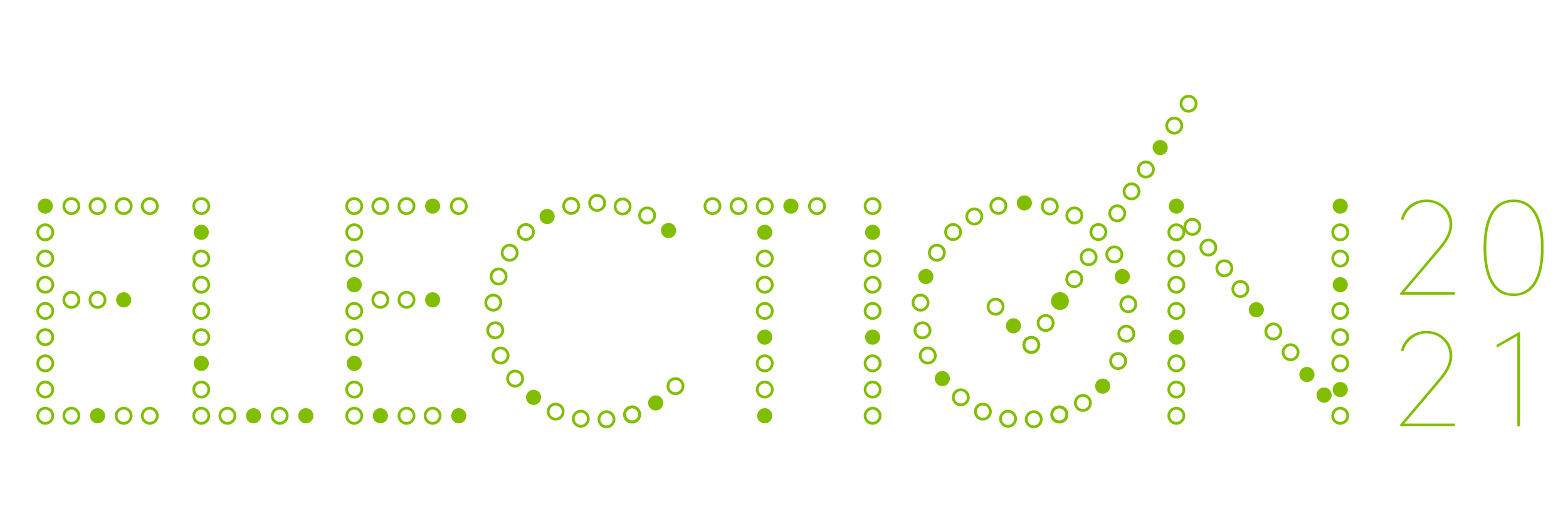Everything You Need To Know To Vote In The 2021 Federal Election
September 20 is a few days away— do you know where to vote? If not, no problem. We've laid out everything you need to know before heading to the polls for Canada’s 44th federal election.
Who's eligible to vote?
You must be a Canadian citizen, be at least 18 years old on election day, and be able to prove your address and identity (no pulling a Frank Abagnale Jr., please). There are two options for proving your identity: The first is to bring one original piece of identification issued by a Canadian government (federal, provincial, or local), such as a driver’s licence. (It must have your name, photo and address.) Or, you can show two pieces of ID. Both must have your name, and at least one must have your address.
AdvertisementADVERTISEMENT
How do I know if I’m registered to vote?
You should receive your voting information card in the mail by September 10. If you get it by then, that means you’re good to exercise your democratic right come September 20. If you’ve voted before, but didn’t get a card (forgot to update your address? BTDT), you can check to see if you’re registered via the online voter registration service and have until September 14 to update your address. If it’s your first time or you didn't register early, you can do so at your local electoral office until September 14, or at your polling station either on election day or during advanced polling. In short, Elections Canada is doing pretty much everything it can to make sure you vote.
Can I vote if I’m outside of Canada on September 20?
Registered voters can vote in advance at the polling station in your electoral district from September 10 to 13. This year, Elections Canada won’t be running special polling stations at college and university campuses, as it did in 2015 and 2019, due to the pandemic and uncertainty over when the election would take place. However, if the advance polling dates don’t work for you, you can vote using the special ballot process at any Elections Canada office location before September 20. Can’t/Don’t want to make it out in person? You can vote via mail by submitting an application form and a photocopy of your ID and address before September 14. You should do this soon: Applications need to be reviewed and approved before you are sent your voter kit.
AdvertisementADVERTISEMENT
What if I live abroad?
You can apply online to vote by mail. All you need to do is download the form or have it printed at any Canadian embassy, high commission or consulate and provide the proper paperwork. Once approved, you’ll be added to the International Register of Electors and receive a special ballot voting kit.
What will it be like to vote during COVID?
It’s pretty much the same, except with the precautions we’ve been taking for the last year and a half. Things like hand sanitizer stations, physical distancing, single-use pencils, and plexiglass barriers will all be present at polling stations to protect electors and poll workers. In addition to (obvs) wearing your mask, voters may be asked to provide their phone numbers for contact tracing purposes.
While most of us will be voting in-person, you can choose to vote by special ballot. The deadline to apply for a special ballot voting kit either online, by mail, or in person at an Elections Canada office is September 14. Mail-in voting is expected to be significantly higher this year than in past elections — 50,000 Canadians voted by mail in 2019 and it’s estimated that three-million Canadians could vote by special ballot this year. So remember to plan ahead so you have enough time for your kit to arrive, be completed, and mailed back by election day. Anyone who is self-isolating or experiencing symptoms of COVID-19 should apply to vote by mail.
AdvertisementADVERTISEMENT
Another thing to keep in mind is that polling stations may be in usual locations or slightly further from voter’s homes to allow for proper social-distancing, Matt McKenna, media relations for Elections Canada, previously told Refinery29. So consider this a heads up to start planning ahead to avoid any hiccups.
Can I take a selfie while voting?
No photos, please. Doing so in a polling station could result in a fine or jail time. However, feel free to take that election selfie for the 'gram outside afterward.
I have accessibility requirements; can I still vote?
Accessibility tools and services will be available at most stations. If you need assistance marking your ballot, you may bring a support person to help you vote. If you require sign-language interpretation, you can get in touch with the Elections Canada office in your riding or fill out the online form.
I have NO idea who to vote for. How can I find out more about the candidates?
Start reading. You can also find out who is running in your electoral district by searching on the Elections Canada website with your postal code. Remember, you vote to elect your local Member of Parliament (MP); Canadians don’t vote for the prime minister directly.
Read all of Refinery29's coverage of the 2021 federal election here.
AdvertisementADVERTISEMENT







